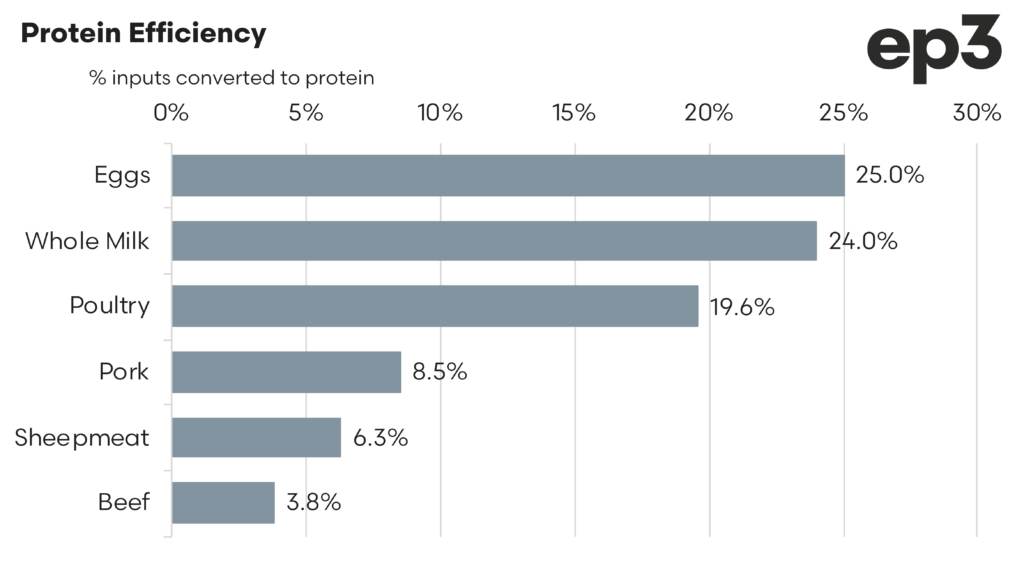A Dairy Battle

Independent Contributor
Differences in dairy farming in Australia and New Zealand
Recently I’ve been with a seasoned Victorian agent/farmer whose spent a fair bit of time in NZ, and over the years spoken with many who have shifted from NZ and a few who shifted back. With regard to sustainability how do we measure comparative efficiency?
The seasoned Vic guy spoke highly of NZ sheep and dairy farmers who he claimed were more efficient and didn’t waste half an acre, there are many here who would never return to NZ with its tougher environmental regulations, and often 20% lower commodity prices, such is the perils of a 90% export market as opposed to circa 40% here.
As we all know there are many variables in farms and climate, so the below tables on Dairy farming are very much averages, points to note
- Australia includes 5% Stamp Duty, and has Capital Gains Tax, NZ has neither.
- Based on current opening milk price of $8/kg Milk Solids.
- ROI based purely on milk income, $3,000/cow added for Livestock/P&E, assumed stock sales cover essential capital expenditure.
Differences and Observations
- Wintering costs in NZ higher @ circa $40/cow/week, Tasmania $27/cow/week, both likely on crop for June/July in a Spring calving scenario. Most in Victoria on grass or dry feed, autumn and spring calving.
- Australian farmers feed circa 1.5t/cow of grain and protein in the dairy, NZ 0.7t/cow, both with enormous variations.
- Everyone is treading water at $8 milk price. It’s quite normal for farmers to run at 50% equity in NZ, paying 7.5-8% interest on debt. With their recent capital gain Australians average equity in the 60-70% range, with the OCR 1.15% lower.
With regard to my seasoned Vic colleague’s remarks on efficiency, he has a point, but its more related to NZ feeding half the grain/protein in dairy. Most experts would agree that in the NZ climate, pasture quality would spend twice as long at a 12ME, where seasonally irrigated and dry Australian farms are much lower from December till April.
This is offset financially by Australians proximity to Grains and Protein 20-30% cheaper than NZ, and of course proximity to market with over half domestic.
Environmental efficiency is a hot topic at the moment, NZ farmers are very aware of their substantially higher stocking rate, and endure regulations which monitor this, mainly due to nitrogen leaching and water quality. There are really only small pockets of Tasmania with this level of scrutiny.
Now whist being critical of a livestock methane tax, it’s become reasonably accepted that most gains in this area relate to efficiently finishing cattle earlier, or using less DM per litre of milk, so as such if we are to talk about Methane efficiency it relates directly to the cows or any ruminants diet, essential elements are
- Quantity and quality of home-grown forage.
- Cost/Carbon footprint of imported supplements.
- Fibre V ME V Protein balance in the diet.
Taking these wildly fluctuating factors into consideration I’m sceptical of the methane inhibiting livestock additives and their claims. Consider a NZ cow in December eating 90% pasture with a protein level 25-30 and ME of 12, compared to a cow in SW Victoria eating 70% pasture with a protein of 18 and ME of 11, plus 2kg Canola and 4kg wheat. Now clearly targeting a balanced protein level of say 21, the kiwi cow is overloaded, I have worn a few of the related backend explosions in the dairy and there is a direct correlation to Nitrogen leaching. The Vic cow is now overloaded with fibre from reduced pasture quality and the rumen is working hard to digest this so more ruminating/cud chewing and burping.
Similarly in June, the NZ cow is eating 14kg of kale of fodder beet and 4 kg of straw/hay, Vic cow is likely on straw/cereal hay and a sniff of grass. The point here is that a ruminant’s diet and efficiency related to farming practise varies wildly from region to region and year to year.
The protein efficiency of meat and dairy production is defined as the percentage of protein inputs as feed effectively converted to animal product. An efficiency of 25% would mean 25% of protein in animal feed inputs were effectively converted to animal product; the remaining 75% would be lost during conversion.
A large efficiency factor is timing of crop sowing, cultivation methods, weed spraying and fertiliser application on yields. If I grow my kale and fodder beet well in NZ I will yield 14t and 30t/DM/ha. Last year with poor timing of weed spraying and fertiliser application, this was 10t and 24t. Can blame the weather and management, but that’s damned inefficient…..reckon most can relate to.
To summarise and attempt to make sense of efficiency KPI’s I’ve made the table below to compare Australia and NZ, I will just qualify it by saying farming is bloody tough anywhere, no other industry had the crazy variables we do. Financially I’ll call us even, NZ is slightly lower on cost of production with no stamp duty of CGT, and Australia usually higher on commodity price with liberal overseas investment regulations.
Apologies to the sheep and beef farmers but I hit the 900-word boredom limit before talking about shearing merinos at Muttaburra in 1991, and why NZ farmers process lambs at 38kgLW instead of 55kg…..will get back to it.






